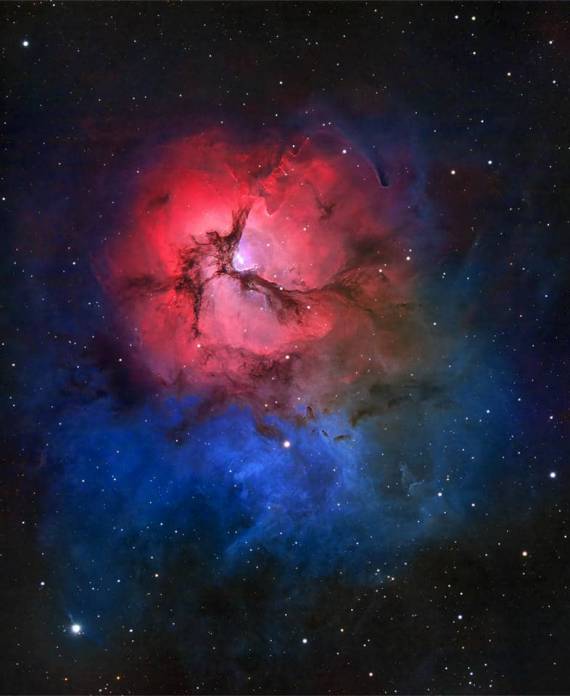Astrophotography For Beginners
Understanding the Basics of Astrophotography
Before diving into the technical aspects of astrophotography, it is important to have a basic understanding of the night sky. You should familiarize yourself with the different celestial objects that you can photograph and the optimal times to capture them. The best time to capture images of the night sky is during the new moon phase when the moon’s light does not interfere with the stars.
Equipment Needed for Astrophotography
The equipment needed for astrophotography can vary depending on the type of photography you want to do. For basic astrophotography, you will need a camera with manual controls, a tripod, and a fast lens. A fast lens is a lens with a low f-number, which allows for a wider aperture and more light to enter the camera. This is important for astrophotography because the night sky is dark and requires a lot of light to produce a clear image.

Understanding the Basics of Astrophotography
Before diving into the technical aspects of astrophotography, it is important to have a basic understanding of the night sky. You should familiarize yourself with the different celestial objects that you can photograph and the optimal times to capture them. The best time to capture images of the night sky is during the new moon phase when the moon’s light does not interfere with the stars.
Equipment Needed for Astrophotography
The equipment needed for astrophotography can vary depending on the type of photography you want to do. For basic astrophotography, you will need a camera with manual controls, a tripod, and a fast lens. A fast lens is a lens with a low f-number, which allows for a wider aperture and more light to enter the camera. This is important for astrophotography because the night sky is dark and requires a lot of light to produce a clear image.
Post-Processing in Astrophotography
Post-processing is an essential part of astrophotography. You should use software such as Adobe Lightroom or Adobe Photoshop to enhance the image and remove any noise. You can also use software to stack multiple images to increase the overall exposure time and reduce noise in the image.
Tips for Successful Astrophotography
- Take test shots and adjust the settings until you achieve the desired result.
- Use a remote shutter release or a self-timer to reduce camera shake during the exposure.
- Invest in a star tracker or equatorial mount to track the stars and keep them in focus during the exposure.
- Experiment with different compositions and camera settings to find your own style.
Astrophotography is a rewarding hobby that requires patience and persistence. With the right equipment and techniques, you can create stunning images of the night sky. Start by familiarizing yourself with the basics, and don’t be afraid to experiment and try new things.
